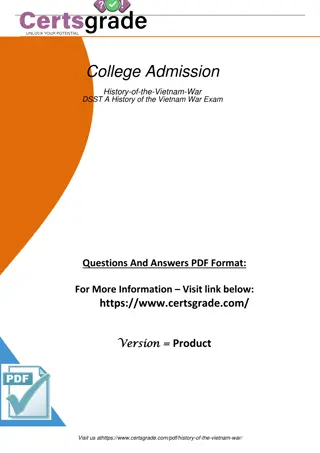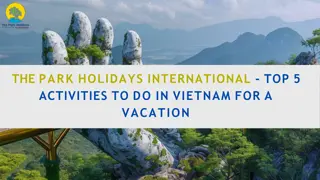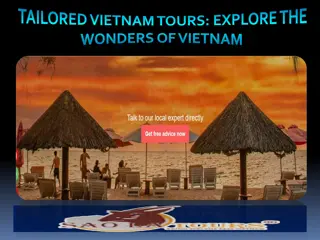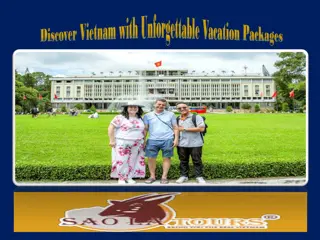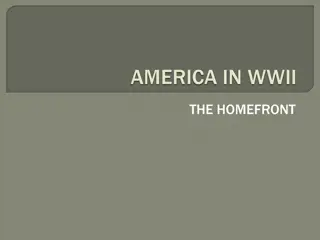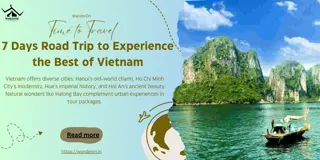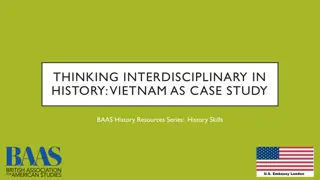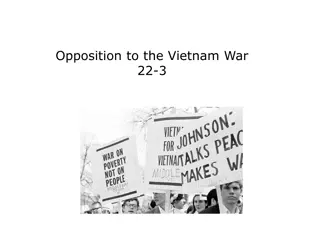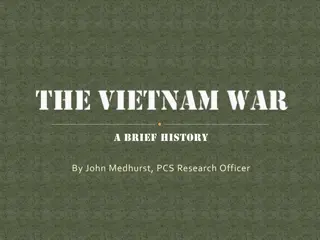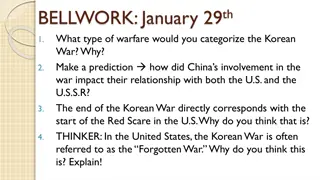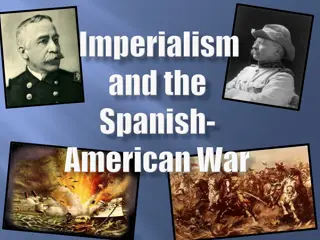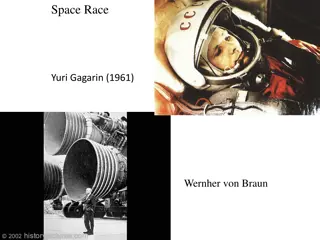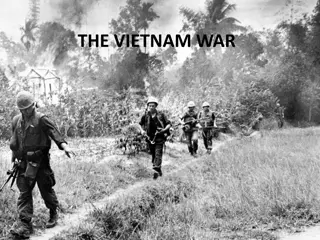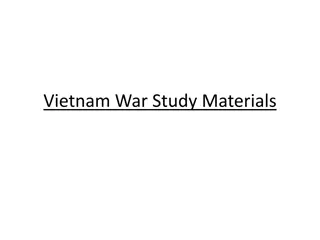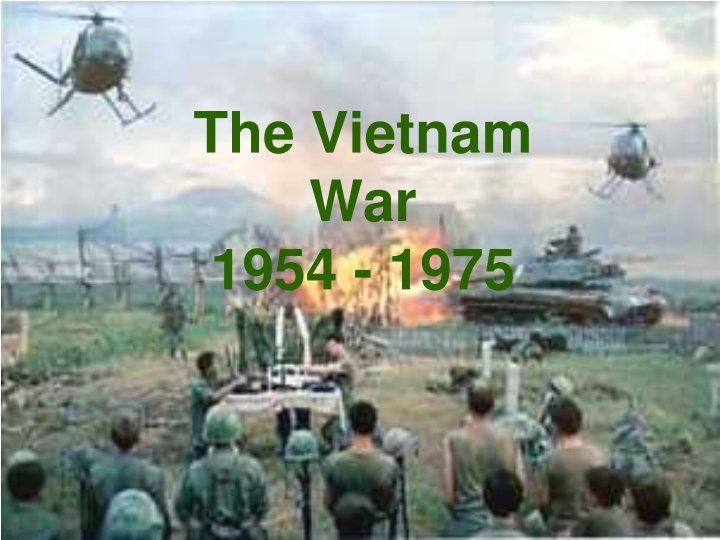
Insight into the Vietnam War: Background, Conflicts, and Consequences
The Vietnam War, spanning from 1954 to 1975, was a complex and divisive conflict that arose from the struggle for control in Indochina. It started as an anti-colonial war against the French, further escalating with U.S. involvement due to the Domino Theory. The conflict was characterized by opposing political ideologies, military interventions, and internal unrest. The rise of the Vietcong, the Ho Chi Minh Trail, and the internal turmoil in South Vietnam under Diem's regime all played significant roles. The war left deep scars, impacting not only Vietnam but also shaping international relations and influencing subsequent conflicts.
Download Presentation

Please find below an Image/Link to download the presentation.
The content on the website is provided AS IS for your information and personal use only. It may not be sold, licensed, or shared on other websites without obtaining consent from the author. If you encounter any issues during the download, it is possible that the publisher has removed the file from their server.
You are allowed to download the files provided on this website for personal or commercial use, subject to the condition that they are used lawfully. All files are the property of their respective owners.
The content on the website is provided AS IS for your information and personal use only. It may not be sold, licensed, or shared on other websites without obtaining consent from the author.
E N D
Presentation Transcript
The Vietnam War 1954 - 1975
Vietnam War The longest war in our history, it was the most reported and most visible to the public, but the least understood -US General William Westmoreland
Background to the War French Indochina Japan took control during World War II France attempted re-colonization in the postwar period
Background to the War The French lost control to Ho Chi Minh s Viet Minh forces in 1954 Eisenhower s reaction
Peace conference (1954) Divided Vietnam into North/South Called for national elections in 1956
Background to the War Ho Chi Minh s communist forces controlled the North Ngo Dinh Diem (French- educated Roman Catholic) controlled the South
U.S. Military Involvement Begins Diem ruled as repressive dictator Diem s family held all power Wealth hoarded by the elite Buddhist majority persecuted Torture, lack of political freedom The U.S. aided Diem s government. Why? Domino Theory
Diem attacked the Buddhists in South Vietnam Monks began protesting the attacks in many ways including setting themselves on fire US realized that Diem was a problem and had to be replaced
Early Protests of Early Protests of Diem s Government Diem s Government Self-Immolation by a Buddhist Monk
Vietcong -formed by 1960 in South Vietnam Rebel communist group that fought Diem s regime
Ho Chi Minh Trail a series of trails to supply the VC in South Vietnam Weapons other supplies
U.S. Military Involvement Begins Kennedy elected 1960 1963: JFK supports a Vietnamese military coup d etat Kennedy was assassinated just weeks later (Nov. 22)
Johnson and Vietnam Johnson was advised to increase US involvement by Secretary of State, Robert S. McNamara I m not going to be the president who saw Southeast Asia go the way China went.
Gulf of Tonkin August 1964: Gulf of Tonkin Incident Leads to Gulf of Tonkin Resolution, 1964 Congress gave President power to defend American troops in Vietnam President could take all necessary measures to protect US forces against attack Allowed Johnson to send troops WITHOUT an official Congressional declaration of war
The Ground War 1965- 1968 The US believed that because of its superior military power, they would win BUT! Troops not used to the jungle terrain and guerrilla tactics Ground war consisted of search and destroy missions: measure success by body counts (on TV every night) the VC began to set traps so when bodies were counted they would go off and hit US soldiers GOODNIGHT SAIGON
The Air War 1965-1968 1965: Sustained bombing of North Vietnam Operation Rolling Thunder (March 2, 1965) Downed Pilots: P.O.W.s
Other than bombs Napalm was dropped from planes jelly-like gasoline that clung to flesh and burned; used to set fire to jungles Agent Orange was a defoliant (killed plants) used to destroy jungle cover used by guerillas Affect on US troops? ORANGE CRUSH!
AMERICAN TROOPS Had superior weapons Were unprepared for heat, terrain, or guerrilla tactics Lacked support of most South Vietnamese Most never saw the enemy but constantly faced the possibility of sudden danger. GIMME SHELTER
Who Is the Enemy? Vietcong: Farmers by day; guerillas at night. Support?? Patient people willing to accept many casualties. US grossly underestimated their resolve and their resourcefulness. The guerilla wins if he does not lose, the conventional army loses if it does not win. -- Mao Zedong
Who Is the Enemy?
The Ground War 1965-1968 General Westmoreland Commander of US military forces in Vietnam
WEAPONS Land Mines Saturation Bombing Fragmentation Bombs WAR
Morale Falls As the war dragged on, morale fell among the troops in Vietnam Statistics Some soldiers fragged their commanders to keep from having to fight

